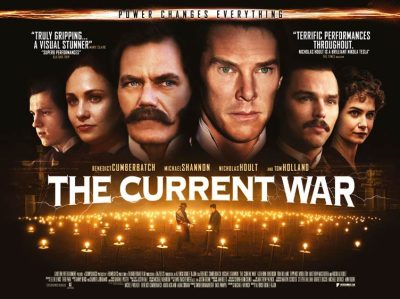Recently watched the movie “The current war” about the competition between Thomas Edison and George Westinghouse around the viability of DC and AC current.
Westinghouse made a profound observation. “The value of something isn’t what someone’s willing to pay, but the value of something is what it contributes.”
Which should be the basis of all your sales conversations.
Your job is to help your buyers fully understand the value of your solutions – which works in two ways.
First your solutions should remove some obstacle which is causing pain. And then provide a better future.
And do so in both in logical and emotional terms. Both for the buyer’s business and them personally.
When working with clients I point out businesses don’t buy solutions – people do. We all have our own agendas. And often these conflict with the business. What’s good for the business isn’t always in the best interests of the individual concerned.
So have answers to how your solution impacts both the business and aligns with what the individual wants.
The business may increase productivity saving time and money which results in an increase to the bottom line, happier customers etc.
If the solution works, what does your buyer gain personally? Maybe they save time which gives them the opportunity to focus elsewhere. It could reduce stress or even increase their status as they’re recognized as an innovator – which could directly lead to a promotion/pay rise etc.
Do this well and the amount you’re charging pales into insignificance with respect to the contribution your solution provides.
Of course there’s lots more to this than meets the eye.
It takes considerable knowledge and skill to drill down into what’s driving a buying decision and framing your sales conversations appropriately.
We’ve helped our clients do exactly this over two decades. If you’d like our help too, reach out.
